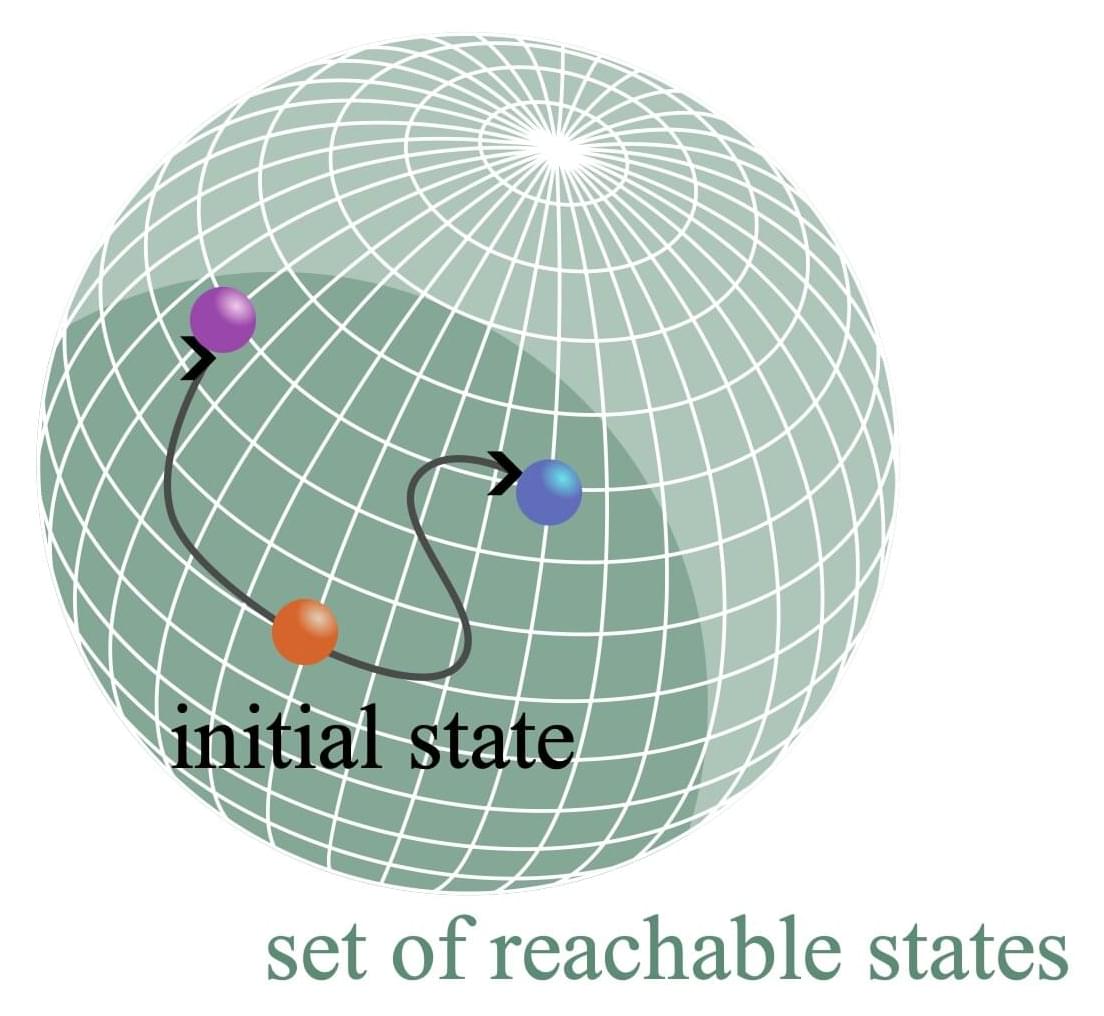Deng Pan & team discover tumor pyrimidine synthesis shapes macrophage anti-tumor responses in mice, establishing a paradigm for tumor–macrophage metabolic crosstalk and revealing new therapeutic opportunities:
The figure shows inactivation of de novo pyrimidine synthesis promotes macrophage-mediated tumor control and phagocytosis.
1Department of Basic Medical Sciences, State Key Laboratory of Molecular Oncology, Tsinghua University, Beijing, China.
2Tsinghua-Peking Joint Centre for Life Sciences and.
3Center for Quantitative Biology, Academy for Advanced Interdisciplinary Studies, Peking University, Beijing, China.







